
| IATF 16949 certified facilities |
| Manufacturing capability to produce ring gears from 120mm dia to 600 mm dia DIN class 10 ring gears |
| In-house cold rolling of steel sections giving better section accuracy, grain density and inclusion free steel |
| Flexibility in blank manufacturing using cold rolling of round wire rods, hot rolled trap sections and ring rolled blanks |
| Continuous feedback control system in flash butt welding, preventing bad welds from going into the system with laser guided loading of parts to prevent rejections on welding |
| State of the art six axis CNC hobbers, CNC controlled induction hardening machines with energy monitoring facilities & induction normalizers for stress relieving after welding |
| Carl Zeiss CMM with gear analyzing facility |
| On line roll testing of all the gears |
| Heat code traceability of parts for the life cycle of the product right from 1st stage of manufacturing. Traceability of heat treatment on each part |
| In house re-sharpening of hob cutters on 5 axis CNC grinding machine and checking on a hob checking machine |
| End of line gauges for pre dispatch inspection of parts for critical parameters |
| In-house testing & checking facilities like Spectrometer, universal testing machine, tooth ball drop testing, microscope for micro structure checking, magnetic particle inspection. Rockwell, Brinell& Micro Vickers hardness testers, shadowgraph, contour tracer and surface finish tester |
| ARGL has adequate strength of engineers at various levels to take care of innovations and process improvements. In addition to that, we have number of six sigma black belts, green belts and yellow belts |
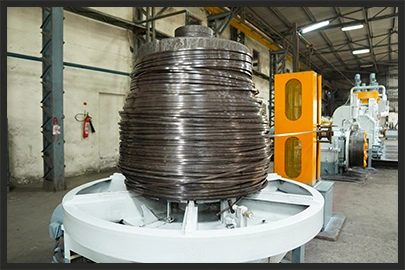
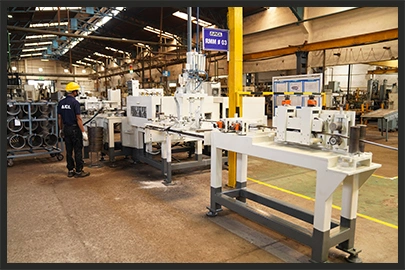
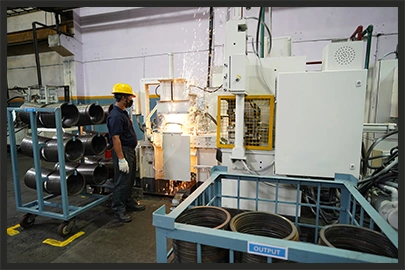
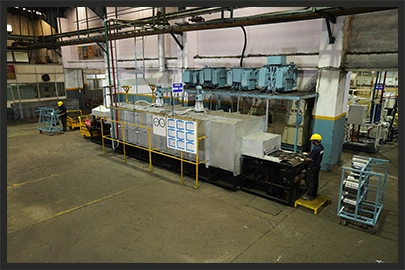
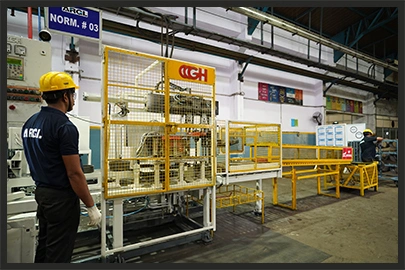
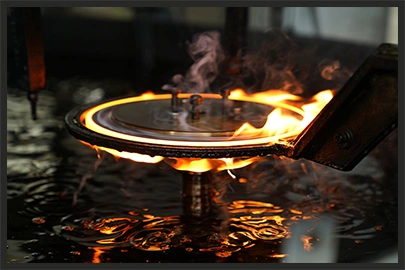
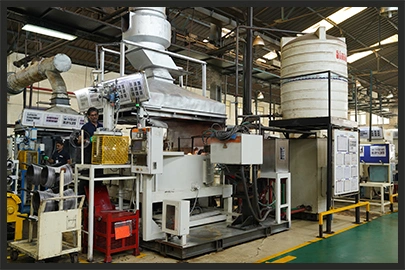
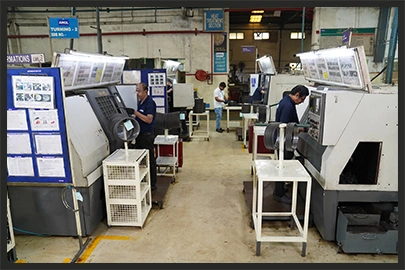
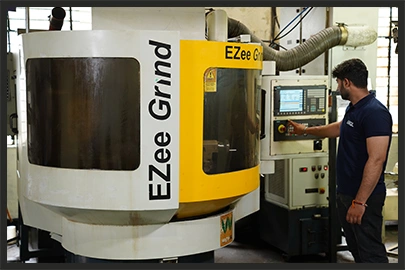
1
RAW MATERIAL
Various steel grades used are SAE4140, C35E, S35C,C45E & SAE1035/1038/1042 1045/1046/ 1048/1050.
2
COLD ROLLING OF RING GEAR SECTIONS
Carried out on state of art German and Korean single and multi-stand cold rolling mills. Sections are produced in trapezoidal form in close tolerances avoiding the need for face turning.
3
Ring Making
Carried out on CNC controlled ring making machines, where sections are bent into ring form and each ring gets a heat code marked on it. Since section feeding is CNC controlled, diameter variations get minimized. As a poka-yoke feature, before feeding the section into the ring making station, thickness gets checked by a laser measuring system, which stops the machine in case any abnormality in thickness is found.
4
Flash Butt Welding & Trimming
Carried out on welding machines with continuous feedback control systems, to guarantee sound welds. Machines have built in poka-yoke features to take care of voltage fluctuations and power failures. Job loading is done through a laser guide system to ensure correct loading of parts thereby preventing weld mismatches. Process verification is done every day through weld strength testing on universal tensile testing machines. All parts are produced following CQI 15 standards of the IATF.
8
Turning of Ring Blanks
Carried out on CNC turning centres. At this stage the product is aligned with customer requirements and where necessary the faces/OD/ID are turned.
7
Cold Sizing
Carried out on hydraulic presses to improve flatness and roundness, which is often disturbed during previous operations such as welding and normalizing. At this stage, the rings are expanded upto 3mm to cross check strength of weld as well.
6
Shot Blasting
Carried out on disamatic and wheelebrator shot blasting machines to remove scales formed during the normalizing process.
5
Normalizing
Carried out on batch type furnaces, continuous conveyorized furnaces or induction normalizers. Parts are heated to above AC3 temperature and soaked for required time and cooled in ambient conditions to relieve all stress generated during rolling, bending and welding and to refine the grain structure while also reducing the hardness of welding joints. All parts are produced following CQI 09 standards of the IATF.
9
Gear Cutting
Carried out on 6 axis/ 3 axis CNC controlled gear hobbers of reputed makes like Gleason (USA), Libherr (Germany) and Premier (India). Parts are stacked in the machine on expandable type work holding devices and AA/AAA class coated PM hobs are used to generate up to DIN class 9 gears. Only after approval of the first lot from a gear analyser are machines allowed to start shift production. During this process each hob tool change/ shift change is managed with the same approval process. Hob tools are re-sharpened in-house on 5 axis CNC tool grinder. All critical parameters in the process are controlled through SPC.
10
Entry Chamfer on Teeth
Entry Chamfer on teeth is carried out on conventional horizontal hobbing machines and each part is loaded on a fixture and clamped. Only on completion of the cycle the part is de-clamped. In case of any disruption in the cycle, the part won’t de-clamp until the cycle is completed.
11
Washing
Washing is carried out to clean the parts of any oil and machining debris before feeding the part into heat treatment.
12
Induction Heat Treatment
Each part is marked with batch, shift, date, month and year codes just before induction hardening the parts. Induction hardening machines are state of art CNC controlled solid state rotary type and twin station type machines from GH Induction. These machines have the capability to monitor energy, flow, time and the ability to quench temperaturewhile also being able tostop and raise alarm in case any of the critical process parameter starts going out of specified limits. All parts are produced following CQI 9 standards of the IATF and SPC’s conducted on critical parameters.
16
End of Line
Inspection
End of line inspection parts are passed through a gear roll tester, an end of line gauge to check all critical parameters and finally through a magnetic particle inspection machine to check for any cracks before being sentfor rust preventive application and packaging.
15
Deburring
Deburring is carried out on rotary type deburring machines to remove burrs generated during gear cutting and teeth chamfering operations.
14
Rebore
The rebore process is carried out on CNC turning centres to maintain the inner diameter of ring gears within close tolerances, which otherwise could have been disturbed due to induction hardening shrinkages.
13
Tempering
The tempering process is carried out on batch type tempering furnaces while the furnaces are interlocked with induction hardening machines to prevent delay between hardening and tempering cycles beyond specified limits. Parts from each batch are checked for hardness, case depth and percentage of tempered martensite.